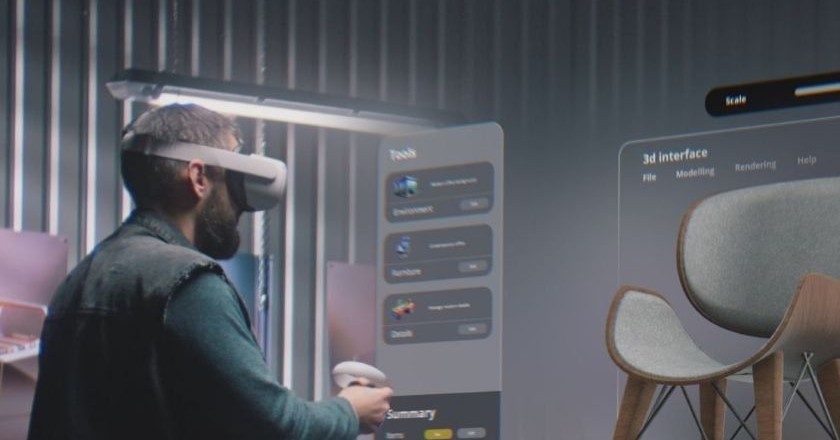Your store’s most popular chair flies off the shelf, but the system is still ordering last season’s coffee table. The result? Missed sales and wasted space. But what if your reorder process could think ahead and get it right every time?
When you’re working with outdated numbers, it’s easy to run short on bestsellers while slow-moving products take up space. It's frustrating for your team and disappointing for customers.
AI forecasting doesn’t replace your judgment; it provides clearer, up-to-date insights so you can reorder smarter. If getting your stock levels just right is what matters to you, you’re in the right place.
How Accurate Reordering Can Make or Break Your Retail Business
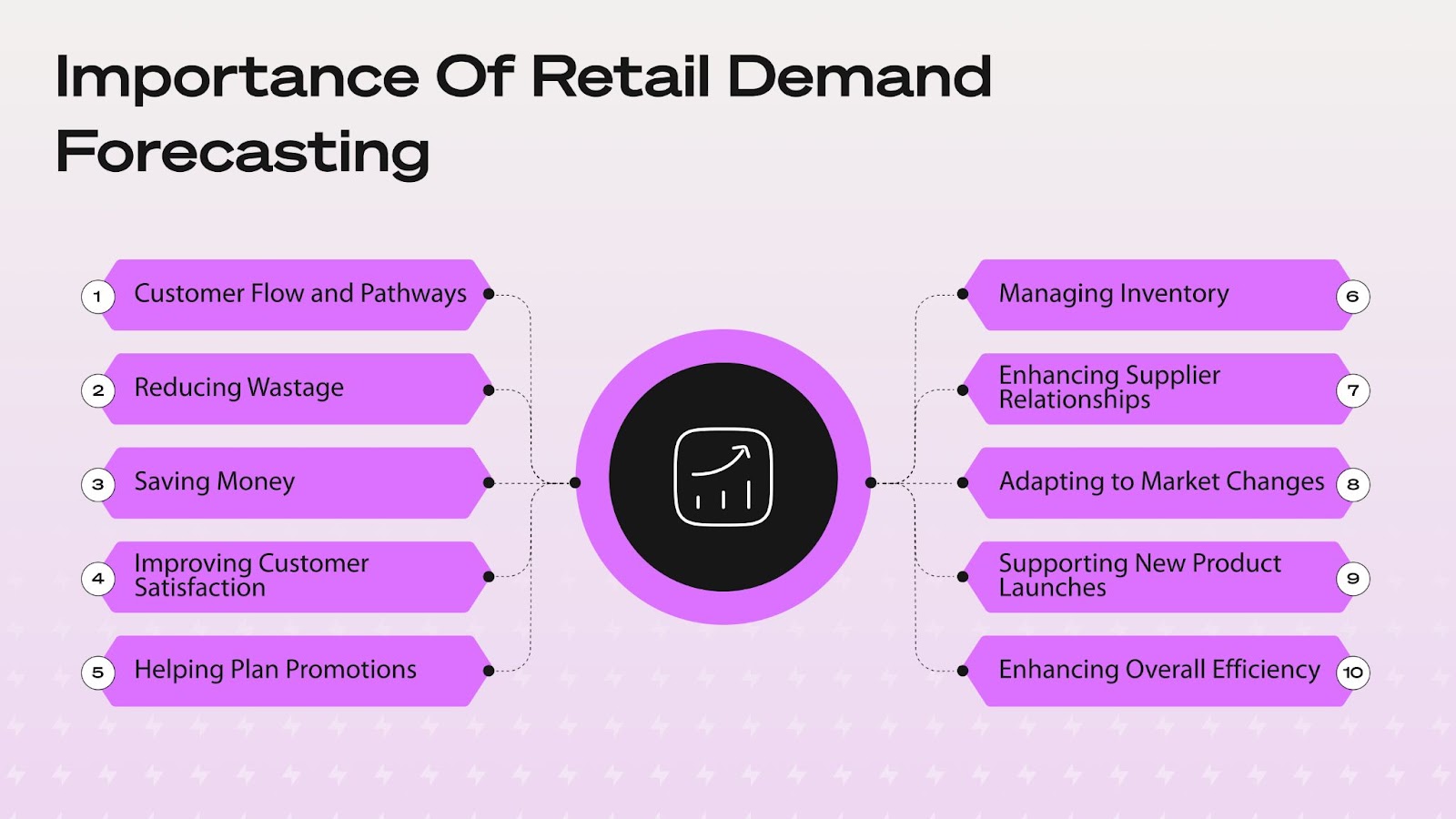
How well you handle reordering can tip the balance between profit and loss. Let's take a closer look at why it’s one of the hardest parts of running a store.
Balancing Act: The Cost of Running Out vs. Overstocking
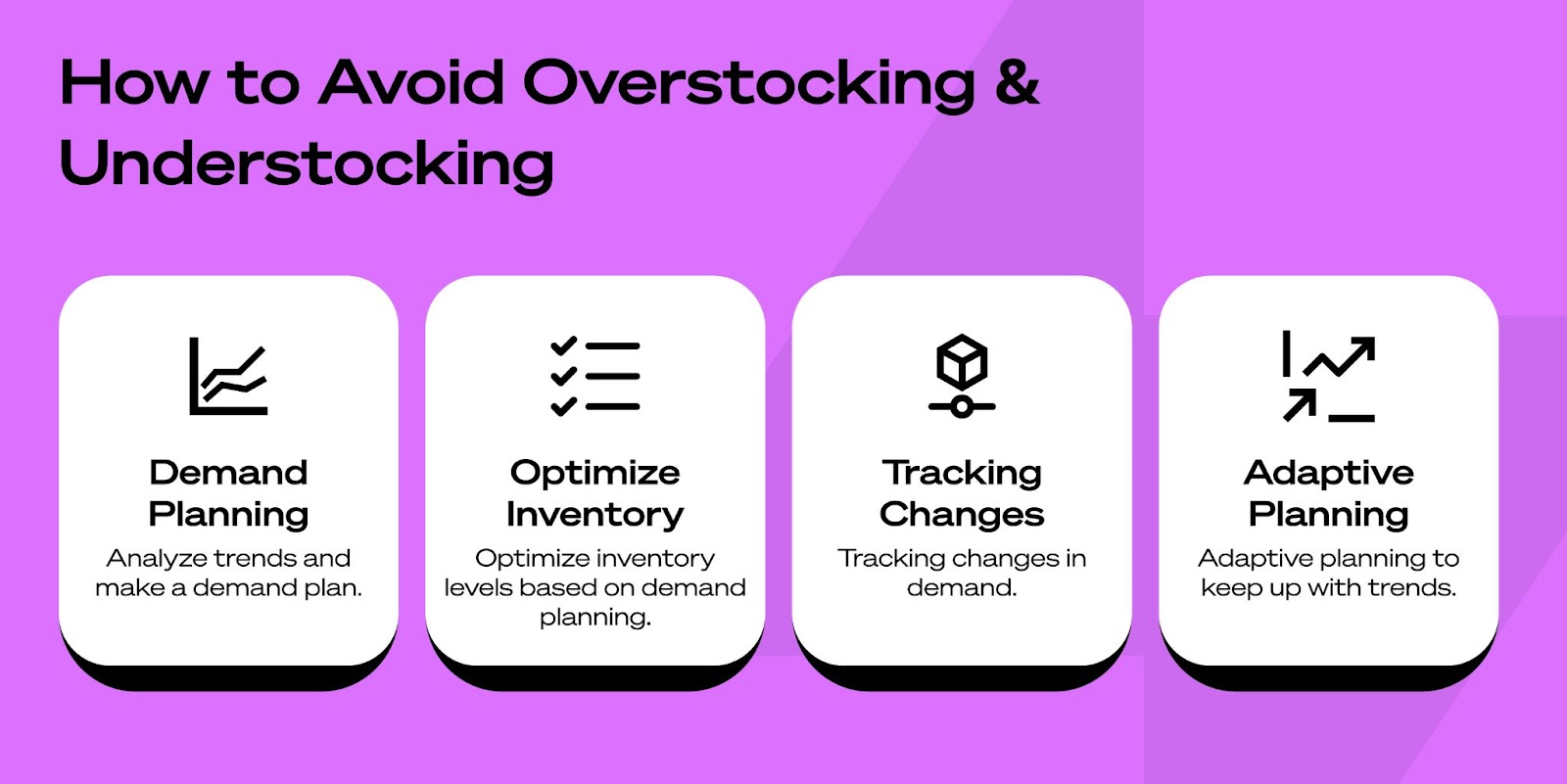
Finding the right balance between running out of stock and having too much on hand is a constant challenge for any retailer. When you run out of popular items, you miss out on sales and risk frustrating customers who might turn to competitors instead. It can also damage your store’s reputation and make shoppers hesitant to return.
On the flip side, overstocking isn’t just about extra inventory sitting on shelves. It ties up your money, takes up valuable space, and often leads to markdowns or wasted products. Too much stock can slow down your cash flow and add more work for your team managing storage and inventory.
Both running out and overstocking carry real costs, so the challenge is to find the sweet spot where you have enough stock to satisfy demand without creating unnecessary waste or lost sales.
Why Traditional Forecasting Isn’t Enough for Modern Retail
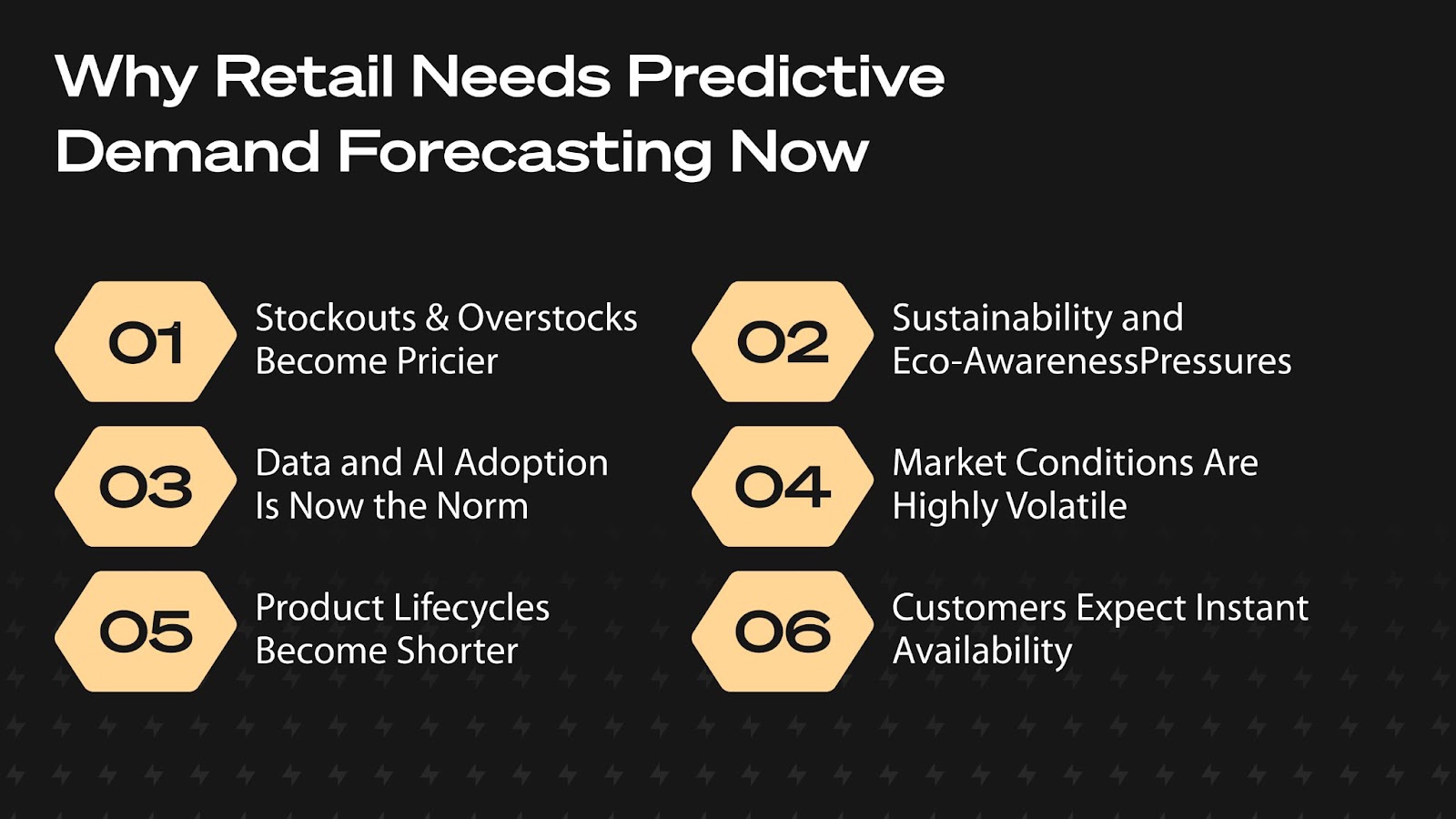
Traditional forecasting methods—like relying on past sales data or simple spreadsheets—used to be enough. But times have changed, and basing decisions solely on historical data means missing the bigger picture.
Today, customer preferences shift quickly, and factors like promotions, seasons, or even unexpected events can drastically impact demand. So, looking only at what sold last year or last month won’t help you catch these changes in time.
This often leads to problems like running out of popular products or holding too much stock that just sits on the shelves. The result? Lost sales, wasted space, and extra costs that eat into your profits.
The goal now is to use a system in place that keeps up with your store, so you’re not stuck reacting when it’s too late.
AI Forecasting: What It Is and How It’s Changing Retail
AI forecasting is opening new doors for smarter retail decisions. Forecast AI technology is transforming how retailers predict demand and manage inventory by analyzing data more effectively than traditional methods. Let’s dive into what it is and why it’s worth paying attention to.
How AI Sales and Demand Forecasting Can Drive Smarter Decisions
Having a clear sense of customer demand before it happens can make planning a lot easier. AI sales forecasting and AI demand forecasting helps by digging through data to find trends that aren’t obvious to the naked eye.
This means you can make smarter decisions about when to reorder, how much to stock, and where to focus your marketing efforts. Instead of guessing or waiting to react, AI gives you insights that help you plan ahead and keep your bestsellers on the shelves.
In practical terms, this can reduce waste, prevent stockouts, and even improve how you staff your store during busy periods. It works with you, not instead of you, to take the guesswork out of decision-making.
The Role of Data in AI-Powered Forecasts
Good forecasts start with good data. AI can only be as accurate as the information it’s given, so collecting the right data is very important.
This means sales figures, inventory levels, and customer behavior all need to be tracked carefully. But it doesn’t stop there—external factors like weather changes, local events, holidays, or even marketing campaigns can impact demand in ways that aren’t obvious from sales history alone. For example, if there’s a big furniture expo or home show nearby, you might see a spike in demand for certain styles or brands. Therefore, feeding local event data into the system gives AI the context it needs to spot patterns more accurately.
Quality matters just as much as quantity. If your data is messy, outdated, or incomplete, it can lead to misleading forecasts. That’s why regular data cleanup and organization are crucial steps before relying on AI. Having clear, consistent information makes it easier for the system to learn what really drives demand in your store.
Ultimately, the more diverse and well-maintained your data sources, the better your AI forecasts will reflect real-world conditions.
The Most Effective AI Forecasting Methods Every Retailer Should Know
AI forecasting isn’t a one-size-fits-all solution. Different methods work better depending on your store, products, and the kind of data you have. Here are some of the main approaches retailers are using to get better at predicting demand with forecast AI:
- Time series analysis: This method looks at your past sales data over regular intervals to spot patterns, such as seasonal spikes or quiet periods. It’s especially useful for products with predictable cycles, like holiday decorations or outdoor furniture that sell more during certain months. By recognizing these trends, retailers can better prepare for fluctuations in demand.
- Machine learning models: Machine learning models process large and complex sets of data to uncover subtle links between factors that might affect sales. For example, they can learn how weather changes, local events, or marketing promotions impact customer buying behavior. As these models get more data, they continuously improve their accuracy and help you forecast demand more precisely.
- Causal forecasting: Causal forecasting goes beyond just numbers and looks at outside influences that drive demand changes. This includes things like shifts in the economy, competitor pricing, or supply chain disruptions. Understanding these causes helps retailers not only predict when sales will rise or fall but also why, which can guide smarter strategies.
- Hybrid approaches: Many retailers don’t rely on just one forecasting method—they combine several to get a clearer picture. For instance, mixing time series analysis with machine learning and causal forecasting can cover different angles of demand prediction. Using a hybrid approach often leads to more reliable forecasts and better stock management.
Choosing the right forecasting method depends on your unique situation, but understanding these basics helps you make smarter choices and avoid common challenges.
The Business Impact of AI Demand Forecasting for Retail Growth
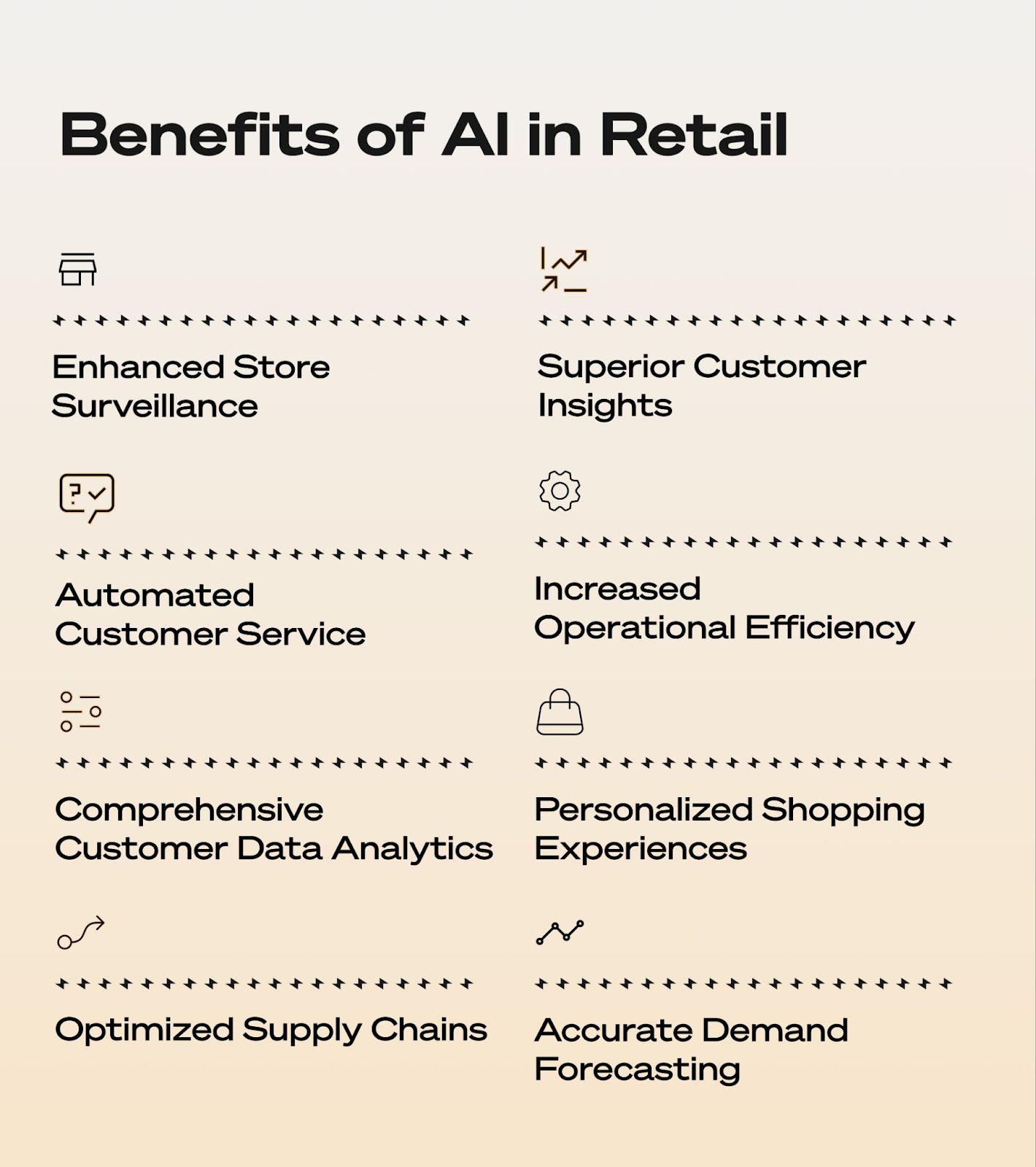
AI can play a big role in improving your business operations. Let’s look at how it helps improve sales, inventory management, and overall efficiency.
Boosting Sales and Enhancing Customer Satisfaction with AI
Helping customers find what they want quickly and easily is a big part of boosting sales and keeping shoppers happy. AI tools like Evoneer’s store assistant give your team the information they need right on the spot, so they can offer helpful suggestions and answer questions without delay.
Evoneer's AI assistant gives your team real-time info about products, stock, and what customers seem interested in. Say a shopper is looking at a popular sofa—your staff can quickly show them similar options or suggest other pieces without breaking the flow of the conversation.
Instead of making customers wait, your staff can confidently guide them to products that fit their needs, improving the shopping experience and encouraging more purchases. This kind of smooth, helpful service makes a big difference. Customers notice, and they’re more likely to come back.
Improving Inventory Accuracy and Reducing Waste with AI
Getting your inventory right is one of the toughest parts of running a retail store. Order too much, and you tie up cash and fill your storage with items that aren’t selling. Order too little, and you miss out on sales and risk disappointing customers.
AI demand forecasting helps by analyzing real sales numbers alongside current trends and other relevant factors, so you get a clearer picture of what you really need. It helps you see patterns in demand shifts, so your ordering matches what customers really want.
For example, if a certain dining set isn’t moving as quickly as expected, AI can help you cut back on reordering it before it takes up too much space. At the same time, if a popular armchair is selling fast, you’ll know to restock it promptly—avoiding those empty shelves customers dislike.
Making Quick, Data-Backed Decisions
Furniture store managers need clear, up-to-the-minute data to make decisions that keep operations running smoothly. AI sales forecast tools gather and analyze data from sales, inventory, and even customer behavior to provide timely insights. This means if a certain product starts selling faster than expected, you can reorder quickly. Or if a promotion isn’t working, you can pivot immediately.
Fast access to accurate information helps you avoid overstocking slow movers or running out of hot items. It also means you can adjust staffing levels during busy periods, ensuring your team is in the right place at the right time. Ultimately, quick, data-backed decisions help reduce waste, improve customer satisfaction, and protect your bottom line.
What to Watch Out for When Using AI for Reordering
Using AI to manage stock can bring big improvements, but it also comes with some challenges. Knowing what to watch for will help you avoid common mistakes.
Data Quality and Its Impact on Forecast Accuracy
Your AI forecast is only as good as the data it’s based on. If your sales, inventory, or customer data is outdated, incomplete, or inconsistent, the results won’t be reliable, and that can lead to poor decisions.
For example, if your sales records don’t accurately reflect recent trends, the forecast might suggest ordering more of a product that’s actually losing popularity. Or if your inventory data isn’t up to date, you could end up ordering items you already have plenty of, tying up cash and space unnecessarily.
That’s why regular data cleanup is essential. This means checking for errors, removing duplicates, and making sure all your systems—like your POS, inventory management, and customer databases—are syncing properly. When everything is connected and accurate, the AI can see the full picture and identify real demand signals rather than noise.
Striking the Right Balance Between AI and Human Expertise
AI forecasting can crunch huge amounts of data fast, but it doesn’t replace the experience and judgment of your team. Human expertise is still key to interpreting results and making decisions that fit your store’s unique situation.
For instance, AI might flag a sales dip, but your team could know it’s due to a temporary issue like a supplier delay or local event. Combining AI insights with on-the-ground knowledge helps you avoid knee-jerk reactions and make smarter calls.
In the end, the best results come from using AI as a tool—one that supports your team, not takes over.
The True Cost and Complexity of Bringing AI to Your Business
Getting AI up and running in your business involves more than just buying the software. There are real costs and complexities to consider, from setting up the right data connections to training your team.
Before you dive in, it’s smart to look at your AI spending forecast—understanding not just the upfront costs but also ongoing expenses like data management, system integration, and support.
You’ll need time and resources to clean and organize your data, integrate AI tools with your existing systems, and make sure everything runs smoothly. Plus, ongoing support and maintenance are important to keep forecasts accurate and systems updated.
It’s not a quick fix, but with the right approach, the benefits can outweigh the effort. Knowing what you’re getting into helps you plan better and avoid surprises.
How to Implement AI Forecasting and Level Up Your Retail Strategy
Ready to bring AI into your store? Here’s how to get started and make it work for your business.
Choosing the Right Tools and Partners
Picking the right AI tools and partners is one of the most important steps to getting forecasting right. Not all solutions are created equal, so it pays to do your homework.
Look for tools that fit your store’s size, product range, and existing systems. The best partners will take time to understand your needs, offer clear guidance, and provide ongoing support, not just a quick sale.
Don’t hesitate to ask for demos, case studies, or references. A good partner will be transparent about what their AI can—and can’t—do, helping you set realistic expectations.
Clean and Organize Your Data for Smarter AI Forecasting
Before AI can deliver useful forecasts, your data needs to be in good shape. That means sorting through your sales, inventory, and customer information to catch mistakes, remove duplicates, and fill in any gaps.
Organizing your data consistently makes it easier for AI tools to identify real trends instead of getting confused by errors or inconsistencies. For example, make sure product names and categories are uniform across all your systems.
Regularly updating your records is just as important as cleaning them. Fresh data reflects current buying habits and helps forecasts stay relevant.
Automate Your Reorder Process and Keep Stock Levels Perfect
When your forecasts are accurate, automating your reorder process helps keep stock levels on point without needing constant attention.
Automation lets you set reorder triggers that place orders automatically when inventory runs low. With AI, these triggers adjust based on real-time demand, so you avoid sticking to outdated fixed numbers.
Smart automation cuts down the chance of running out of hot sellers or holding onto slow movers. It also frees up your time to focus on other parts of your store. The trick is to keep an eye on your settings and update them as your sales change.
To sum up, reordering well can make or break your retail success. AI forecasting isn’t about shortcuts or quick fixes. It’s about combining solid data, smart tools, and your insight to keep your shelves stocked just right and your customers coming back for more.

.png)



















